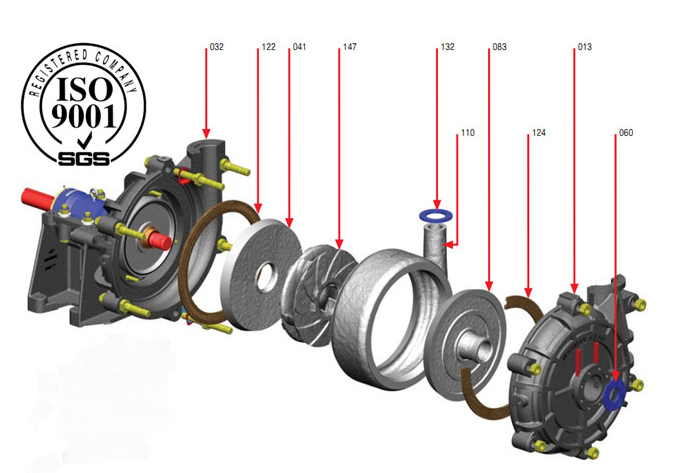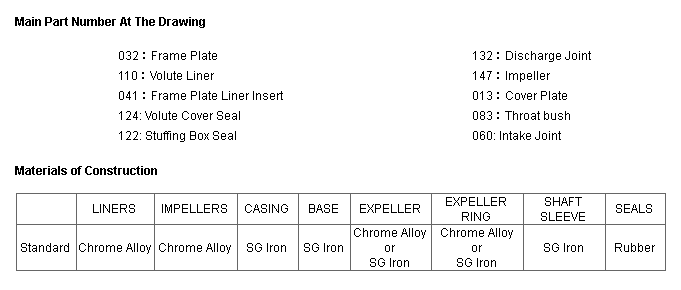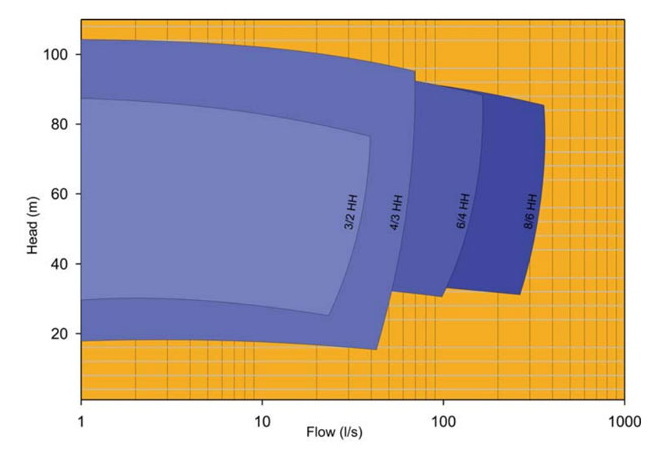China's manufacturing industry, including the fastener sector, still lags significantly behind global advanced standards. Over the next decade, this period will be critical for the transformation and upgrading of China's manufacturing and fastener industries, shifting from a manufacturing giant to a true manufacturing power. Despite the increasing demand in the fastener market, there are still many gaps compared to international standards. The current situation is characterized by low-end product varieties, unstable quality, high early failure rates, and poor reliability.
While foreign companies may provide technical documentation, drawings, and materials, heat treatment technology remains strictly confidential. This lack of access to advanced heat treatment methods has led to challenges in meeting international design specifications. Moreover, China lacks strong national standards and often relies on foreign requirements, which makes it difficult for domestic manufacturers to compete effectively.
With China's economic development entering a new phase, infrastructure projects such as super high-rise buildings, large-scale steel structures, high-speed transportation systems, and advanced ports are advancing rapidly. At the same time, sectors like large aircraft, power generation equipment, automobiles, high-speed trains, and large ships are driving the need for more sophisticated fasteners. As a result, the fastener industry is entering a crucial development stage. Historical trends show that once a country enters an advanced manufacturing era, the use of high-strength fasteners increases rapidly.
To improve their technical level, fastener companies must focus on equipment upgrades and technological innovation. Domestic enterprises are increasingly looking inward rather than relying on imports, which represents a positive trend in the industry. However, many Chinese fastener companies lack competitive advantages, particularly in areas like cold heading, cold extrusion, and mold design. Some rely heavily on external heat treatment, which compromises the quality and reliability of their products.
Heat treatment is a key factor in ensuring the performance, safety, and longevity of fasteners. It plays a central role in the competitiveness of advanced materials and machinery. For example, high-strength bolts—used in massive quantities—require heat treatment to achieve the desired mechanical properties. Heat treatment not only enhances material performance but also ensures that fasteners meet strict strength and durability standards.
Currently, over 80% of fastener failures are attributed to material and heat treatment issues. Although many companies follow GB/T 3098.1-2010 standards, some critical parameters like yield ratio, surface desorption, and impact toughness are often overlooked. These factors can lead to plastic deformation or fatigue fracture under alternating loads, emphasizing the importance of proper heat treatment and metallurgical inspection.
Impact toughness, which reflects a material’s ability to absorb energy during deformation and fracture, is a key area of research in China. While foreign countries keep their heat treatment technologies closely guarded, mastering this knowledge is essential for improving product reliability and brand competitiveness. Companies that invest in anti-brittle technologies can produce higher-quality parts, gain market advantages, and create long-term value.
Fatigue failure is the main cause of high-strength bolt failure, often occurring suddenly without visible deformation. Solving this issue requires advanced heat treatment techniques that ensure both strength and endurance. Therefore, heat treatment is not just a process—it is the foundation of the fastener industry’s transformation and growth.
A technical seminar titled "The Relationship Between Heat Treatment Process and Metallographic Inspection Technology" will be held at the Golden Spider Hangzhou Training Center on June 27–28, 2014. Experts like Zhang Zhangming and Zhang Gong, with extensive experience in metal materials and heat treatment, will discuss topics ranging from annealing processes to metallographic inspection standards. The event aims to address common failure causes and improve quality control through better understanding of heat treatment and metallurgical analysis.
This seminar offers valuable insights for professionals seeking to enhance their technical expertise and stay ahead in the evolving fastener industry.
HH High Head Horizontal Slurry Pump
1. Naipu HH serieshorizontal slurry pump are designed to produce high head per stage at high pressures.
commonly used for long distance transport lines, the NP-HH lines can
often satisfy application duties with a single pump where others require
multiple pumps.the range is capable of handling medium size particles
and pumping at heads in excess of 90 meters per stage.
Typical Applications---
Tailings Delivery
Cyclone Feed
Diamond Concentrate
Slag Granulation
Bottom Boiler and Fly Ash
Mill Discharge
2.Construction drawing of HH series Horizontal Slurry Pump


3.Select chart of HH series horizontal slurry pumps

4.HH series slurry pump performance parameters

HH High Head Slurry Pump,HH Slurry Pump,High Head Pump,HH Pump
Shijiazhuang Naipu Pump Co., Ltd. , https://www.naipu-pump.com



